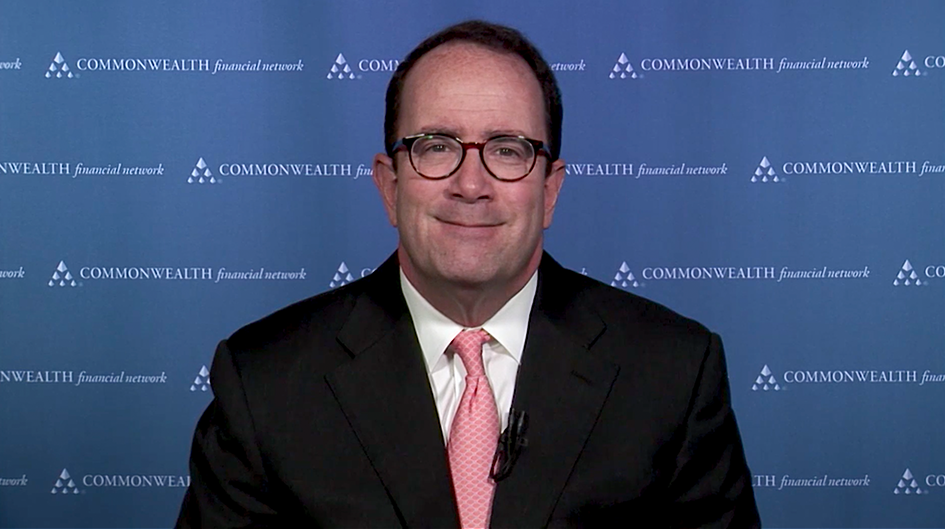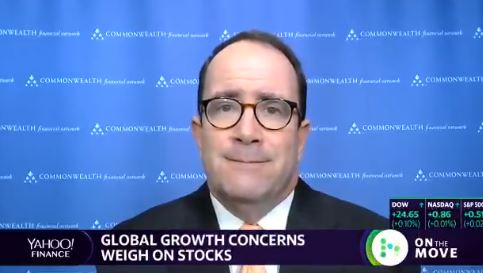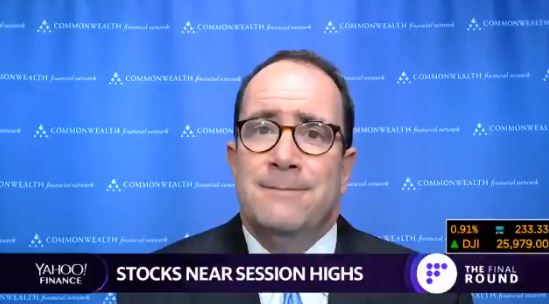March was another great month for the financial markets, with U.S., emerging, and developed markets all up. But this strength was a bit strange, considering the weakening seen in the fundamentals. Here in the U.S., both consumer and business confidence took a hit, the yield curve inversion caused many to worry about a pending recession, and analysts lowered their expectations regarding corporate earnings.














